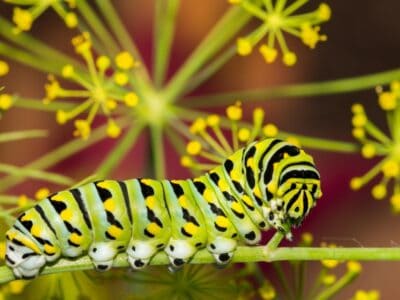Below you can find a complete list of Kerguelen animals. We currently track 112 animals in French Southern and Antarctic Lands and are adding more every day!
The French Southern and Antarctic Lands, sometimes called the French Austral Lands and Seas, are a group of islands in the southern Indian Ocean. They include Adelie Land on the edge of Antarctica; Crozet Island; the Kerguelen Islands, also known as the Desolation Islands; Saint Paul and Amsterdam Islands, which are north of Kerguelen Island; and the Scattered Islands, a group of small islands off the coast of Madagascar.
There is no permanent civilian population on the islands. A population of researchers, military personnel and administrators live on the Lands. Their number ranges from 150 in winter to 300 in the summer.
The Lands have harsh, freezing climate and active glaciers. Frequent snow and the harshest winds on earth create an inhospitable climate for most species.
The Official National Animal of French Southern and Antarctic Lands
The Lands do not have their own national animal. They are owned by France, and France’s national animal is the Gallic rooster (Gallus gallus domesticus).
The French rooster is also known as a cockerel. Its choice as France’s mascot comes from a play on words of the Latin word gallus, meaning rooster, and the word Gaul, which is the ancient name for France.
Where To Find the Top Wild Animals in French Southern and Antarctic Lands
There is a nature preserve on the Lands. The French Southern Territories National Nature Reserve is one of the largest natural preserves in the world. It was established in 2016 as a special economic, tourist, and natural zone. However, there are no visitor or tourist facilities on any of the Lands.
Don’t expect to visit wildlife in person. The Lands do not have any infrastructure for hosting visitors. There have been a few attempts to populate the islands, but no humans or domestic animals have been able to survive the harsh conditions.
These conditions have allowed endemic wildlife to flourish on the islands. There are four species of penguins here: macaroni penguins, king penguins, gentoo penguins, and Eastern rockhopper penguins.
Blue whales and fin whales swim in the waters. Several dolphin species, including Commerson’s dolphin and dusky dolphin, thrive here. Killer whales, pygmy blue whales, long-finned pilot whales, and other marine mammals also live undisturbed in the waters. Seal species include the Antarctic fur seal, Amsterdam Island fur seal, and South Atlantic elephant seal.
Amsterdam and Saint Paul Islands are extinct volcanic islands. Attempts to populate Amsterdam Island resulted in the destruction of some of the island’s ecosystems. Cattle brought over as part of that attempt are now wild on the island. This is one of the few feral herds of European cattle (Bos taurus) anywhere in the world.
Some endemic animals that are endangered elsewhere survive here, including the Yellow-nosed albatross (Diomedia chlororhynchos).
The coastlines are home to unique native birds including the sooty albatross, Soft-plumaged petrel, gray petrel, Antarctic tern, brown skua, and common waxbill.
The Most Dangerous Animals in French Southern and Antarctic Lands
The killer whale (Orcinus orca) is an apex predator in most waters where it lives. It’s dangerous for most animals to be around killer whales. They hunt mammals, sea birds, sea turtles, fish, and penguins.
These dangerous killers will eat sea lions, walruses, and seals. In groups, they will even attack gray whales and minke whales.
Extinct and Endangered Animals
The Amsterdam albatross (Diomedea amsterdamensis), which is only found on Amsterdam Island, is critically endangered and at risk of becoming extinct.
There are two endangered whale species in the Lands. The fin whale, also known as the common rorqual or finback whale, is endangered here as it is everywhere. Blue whales (Balaenoptera musculus) are also endangered.
The Lands are protected by many conservation laws. They are signatories to the CITES (Convention on International Trade in Endangered Species of Flora and Fauna), CMS (Convention on Migratory Species), CCAMLR (Convention on the Conservation of Antarctic Marine Living Resources), ACP (Agreement on the Conservation of Albatrosses and Petrels) and the IWC (International Whaling Commission).
The National Nature Reserve of the French Austral Lands and Seas is one of the largest marine reserves in the world. This unique reserve is a central location for the management of the Lands.
Administrators of the reserve have taken steps to address threats such as invasive species, overfishing, and global change. They have also engaged in restoration activities such as planting native grasses on Amsterdam Island and dismantling human activities. There are no plans to develop activities related to human travel on the Lands.
Unspoiled Lands
The wild, harsh environment of the French Southern and Antarctic Lands has allowed some animal species to flourish. Human involvement caused some damage to these ecosystems, but conservationists have taken steps to prevent further environmental harm. That gives these unique species a chance to recover before they become extinct.
Kerguelen Animals

Ant
First evolved 100 million years ago!

Barn Owl
Found everywhere around the world!

Bat
Detects prey using echolocation!

Bed Bugs
Bed bugs feed for 4-12 minutes.

Bee
Rock paintings of bees date back 15,000 years

Beetle
There are more than 350,000 different species

Bird
Not all birds are able to fly!

Biscuit Beetle
The biscuit beetle form a symbiotic relationship with yeast

Black Widow Spider
They typically prey on insects!

Brown Dog Tick
Can live its entire life indoors

Budgerigar
Natively found in Australia!

Butterfly
There are thought to be up 17,500 species!

Camel Cricket
The camel crickets that are found in the USA are light brown in color. They also have dark streaks all over their body.

Cat
May have been domesticated up to 10,000 years ago.

Caterpillar
The larvae of a moth or butterfly!

Catfish
There are nearly 3,000 different species!

Centipede
There are about 3,000 documented species!

Chicken
First domesticated more than 10,000 years ago!

Cockroach
Dated to be around 300 million years old!

Codling Moth
Pupae are able to undergo diapause to survive poor fruit yield years and winter.

Common Furniture Beetle
The common furniture beetle feeds exclusively on wood

Common House Spider
House spiders have the ability to eat most insects in a home.

Cormorant
They can fly 35 mph and dive 150 feet below water.

Cow
There are nearly 1.5 billion worldwide!

Crab
There are 93 different crab groups

Crab Spider
Crab Spiders can mimic ants or bird droppings

Crane
Many are critically endangered species!
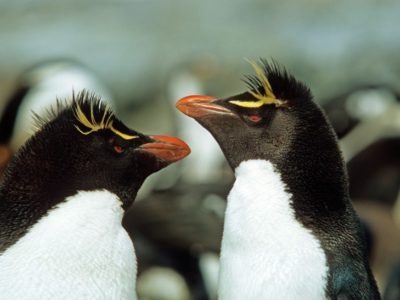
Crested Penguin
Has long yellow eyebrows!

Cricket
Male crickets can produce sounds by rubbing their wings together

Crocodile
Have changed little in 200 million years!

Dog
First domesticated in South-East Asia!

Donkey
First domesticated 5,000 years ago!

Dragonfly
It's larvae are carnivorous!

Duck
Rows of tiny plates line their teeth!

Dung Beetle
The dung beetle can push objects many times its own weight

Earwig
There are nearly 2,000 different species!

Eel
Eels can be a mere few inches long to 13 feet!

Firefly
The firefly produces some of the most efficient light in the world

Flea
Adult fleas can jump up to 7 inches in the air

Fly
There are more than 240,000 different species!

Frog
There are around 7,000 different species!

Fruit Fly
Fruit flies are among the most common research animals in the world

Gecko
There are thought to be over 2,000 species!

Glowworm
Found inhabiting dense woodland and caves!

Grasshopper
There are 11,000 known species!

Hamster
Able to run as quickly backwards as forwards!

Hawk Moth Caterpillar
Many hawk moth caterpillars eat toxins from plants, but don’t sequester them the way milkweed butterflies do. Most toxins are excreted.

Heron
Inhabits wetlands around the world!

Highland Cattle
Natively found in the Scottish Highlands!

Honey Bee
There are only 8 recognized species!

Horse
Has evolved over 50 million years!

Housefly
The fly has no teeth

Human
Thought to have orignated 200,000 years ago!

Ibis
Found in swamps, marshes and wetlands!

Insects
There are an estimated 30 million species!

Ladybug
There are more than 5,000 species worldwide!

Leech
Has 10 pairs of eyes!

Lizard
There are around 5,000 different species!

Magpie
They are found across Europe, Asia and Africa!
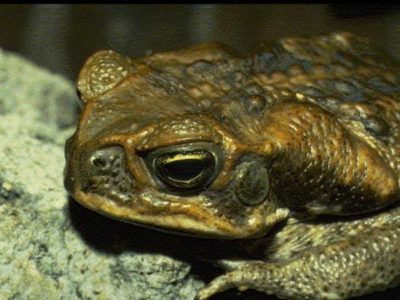
Marine Toad
Produces a toxin used in arrow darts!

Mayfly
There are 2,500 known species worldwide!

Mealybug
They have a symbiotic relationship with ants.

Millipede
Some species have a poisonous bite!

Mongrel
Has characteristics of two or more breeds!

Monitor Lizard
Some species are thought to carry a weak venom!

Monkey
There are around 260 known species!

Moorhen
Feeds on aquatic insects and water-spiders!

Moth
There are 250,000 different species!

Mouse
Found on every continent on Earth!

Nematode
Nematodes range in size from 1/10 of an inch to 28 feet long

Orb Weaver
Females are about four times the size of males

Otter
There are 13 different species worldwide

Owl
The owl can rotate its head some 270 degrees
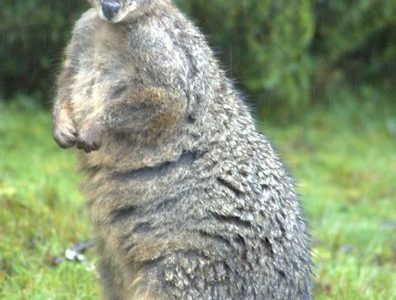
Pademelon
Inhabits the jungles of the far east!

Parrot
Can live for up to 100 years!

Pheasant
Females lay between 8 and 12 eggs per clutch!

Possum
There are 69 species on the Australian continent!

Quail
Inhabits woodland and forest areas worldwide!

Rat
Omnivores that eat anything!

River Turtle
Inhabits freshwater habitats around the world!

Robin
There are more than 45 species in Australia alone!

Rodents
The capybara, the world’s largest rodent, likes to be in and around bodies of water. Because of this, the Catholic Church in South America decided that it was a fish, and people were allowed to eat it during Lent and First Fridays.

Rooster
Will mate with the entire flock!

Sand Crab
The sand crab burrows beneath the sand with its tail

Scorpion
There are around 2,000 known species!
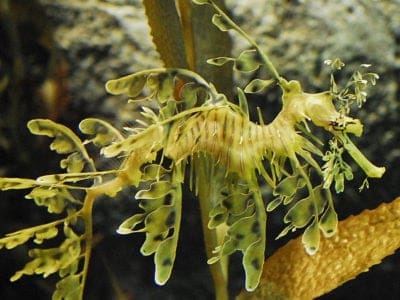
Sea Dragon
Inhabits tropical coastal waters of Australia!

Sea Eagle
The sea eagle tends to mate for life with a single partner

Seahorse
Males give birth to up to 1,000 offspring!

Sheep
Around 35 million in the English countryside!

Shrew
The spinal column of the shrew Scutisorex somereni is so strong and reinforced that it can support the weight of an adult human.

Shrimp
There are 2,000 different species worldwide!

Smokybrown Cockroach
Has up to 45 eggs per egg case

Snail
There are nearly 1,000 different species!

Snake
There are around 4,000 known species worldwide

Sparrow
There are 140 different species!

Stick Insect
There are more than 3,000 different species!
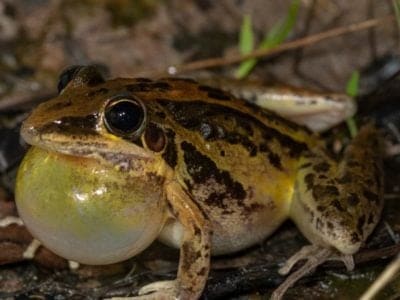
Striped Rocket Frog
Long powerful hind legs!

Swan
Populations have been affected by pollution!

Tarantula Hawk
Tarantula hawks are excellent pollinators, especially for milkweed.

Termite
Their mounds can be up to 9 meters tall!

Tiger Beetle
The adult tiger beetle is one of the fastest land insects in the world

Tortoise
Can live until they are more than 150 years old!

Turtles
Some species of aquatic turtles can get up to 70 percent of their oxygen through their butt.
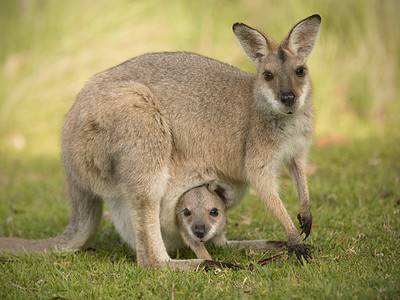
Wallaby
There are roughly 30 different species!

Wasp
There are around 75,000 recognised species!

Water Buffalo
Has been domesticated for thousands of years!
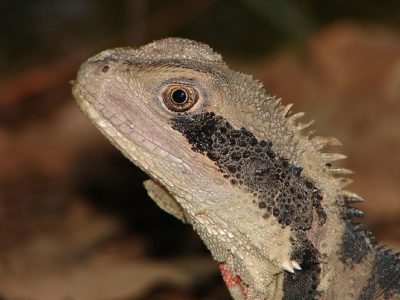
Water Dragon
Spends most of it's time in the trees!

Wolf Spider
Carnivorous arachnid that hunts its prey.

Woodlouse
This animal can roll up into a ball
Kerguelen Animals List
- Ant
- Barn Owl
- Bat
- Bed Bugs
- Bee
- Beetle
- Bird
- Biscuit Beetle
- Black Widow Spider
- Brown Dog Tick
- Budgerigar
- Butterfly
- Camel Cricket
- Cat
- Caterpillar
- Catfish
- Centipede
- Chicken
- Cockroach
- Codling Moth
- Common Furniture Beetle
- Common House Spider
- Cormorant
- Cow
- Crab
- Crab Spider
- Crane
- Crested Penguin
- Cricket
- Crocodile
- Cuckoo
- Dog
- Donkey
- Dragonfly
- Duck
- Dung Beetle
- Earwig
- Eel
- Firefly
- Flea
- Fly
- Frog
- Fruit Fly
- Gecko
- Glowworm
- Grasshopper
- Hamster
- Hawk Moth Caterpillar
- Heron
- Highland Cattle
- Honey Bee
- Horse
- Housefly
- Human
- Ibis
- Insects
- Ladybug
- Leech
- Lizard
- Magpie
- Marine Toad
- Mayfly
- Mealybug
- Millipede
- Mongrel
- Monitor Lizard
- Monkey
- Moorhen
- Moth
- Mouse
- Nematode
- Orb Weaver
- Otter
- Owl
- Pademelon
- Parrot
- Pheasant
- Possum
- Quail
- Rat
- River Turtle
- Robin
- Rodents
- Rooster
- Sand Crab
- Scorpion
- Sea Dragon
- Sea Eagle
- Seahorse
- Sheep
- Shrew
- Shrimp
- Smokybrown Cockroach
- Snail
- Snake
- Sparrow
- Stick Insect
- Striped Rocket Frog
- Swallowtail Butterfly
- Swallowtail Caterpillar
- Swan
- Tarantula Hawk
- Termite
- Tiger Beetle
- Tortoise
- Turtles
- Wallaby
- Wasp
- Water Buffalo
- Water Dragon
- Wolf Spider
- Woodlouse
Animals in French Southern and Antarctic Lands FAQs (Frequently Asked Questions)
What Animals Live in the French Southern and Antarctic Lands?
Animals that can survive the harsh weather conditions of these lands thrive here. They include four species of penguins, three seal species, terns, and albatrosses. These islands have the largest population of King penguins anywhere in the world.
They also host the second largest colony of southern elephant seals and the third largest colony of sub-Antarctic fur seals in the world.
Amsterdam Island has animals that were introduced by humans. Of these animals, there are surviving cats, mice and rats. There is also a large herd of wild cattle.
Are There Poisonous Snakes in the French Southern and Antarctic Lands?
There are no poisonous snakes on the Lands.
Which Is the Largest Animal in the French Southern and Antarctic Lands?
The blue whale is the largest animal in the French Southern and Antarctic Lands. The largest animal on earth, it can reach almost 100 feet. That’s the length of a football field.





